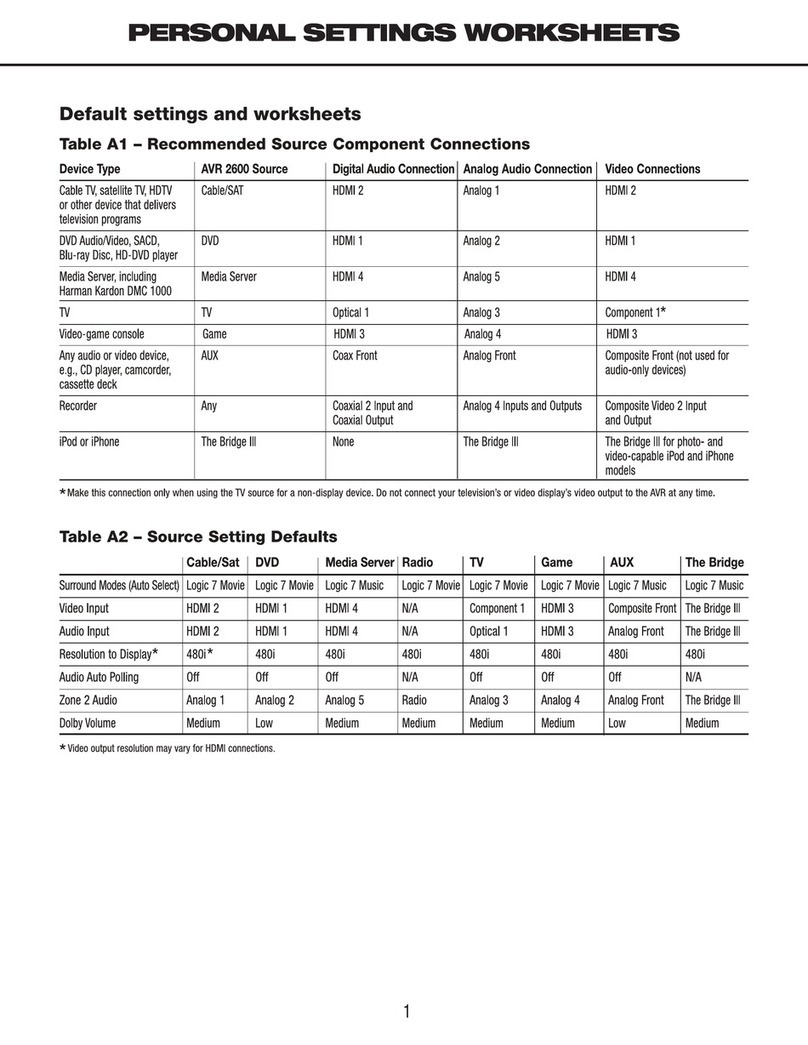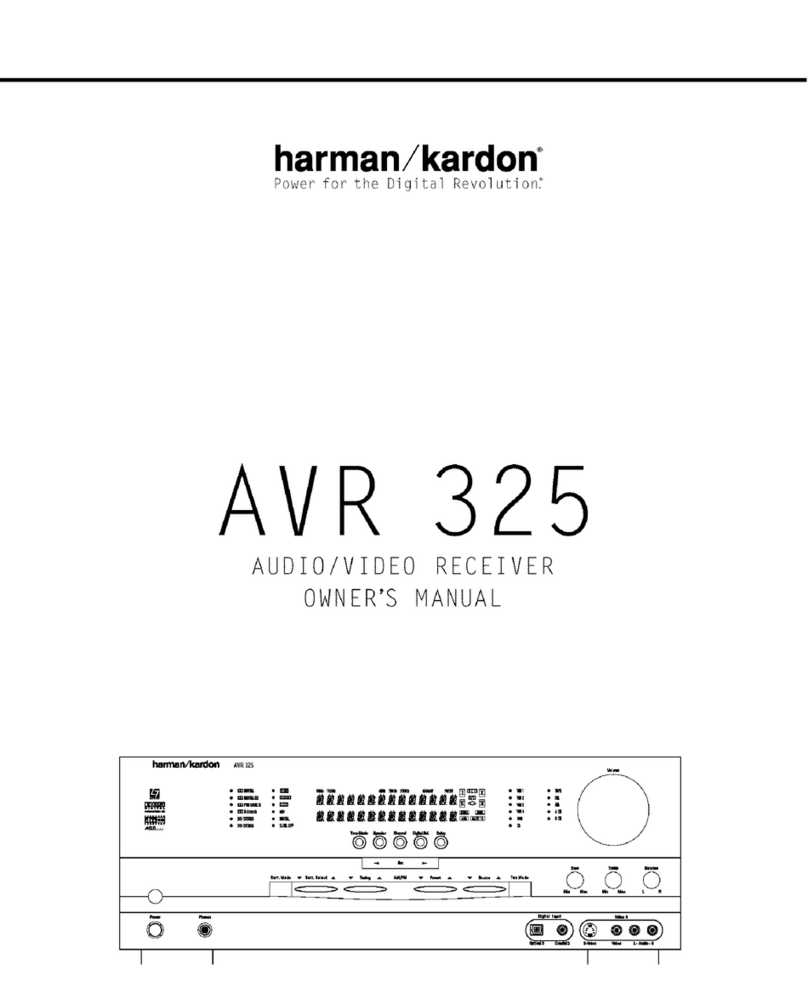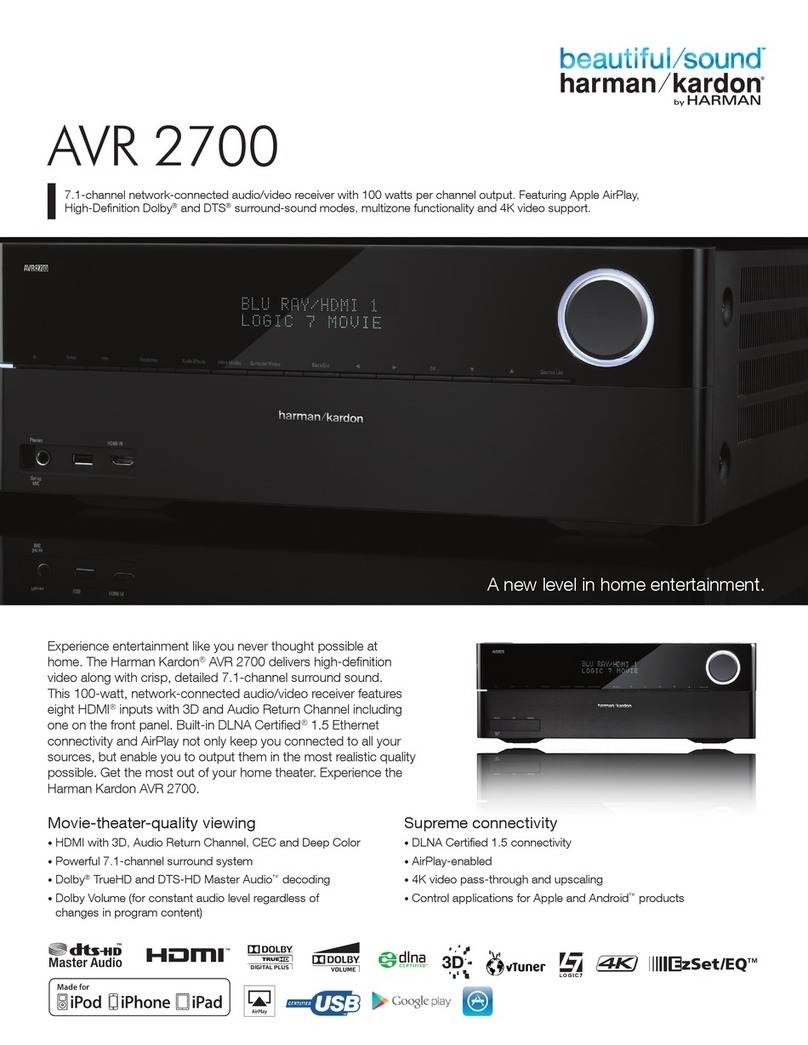Harman Kardon HK680I User manual
Other Harman Kardon Receiver manuals

Harman Kardon
Harman Kardon DPR 2005 User manual
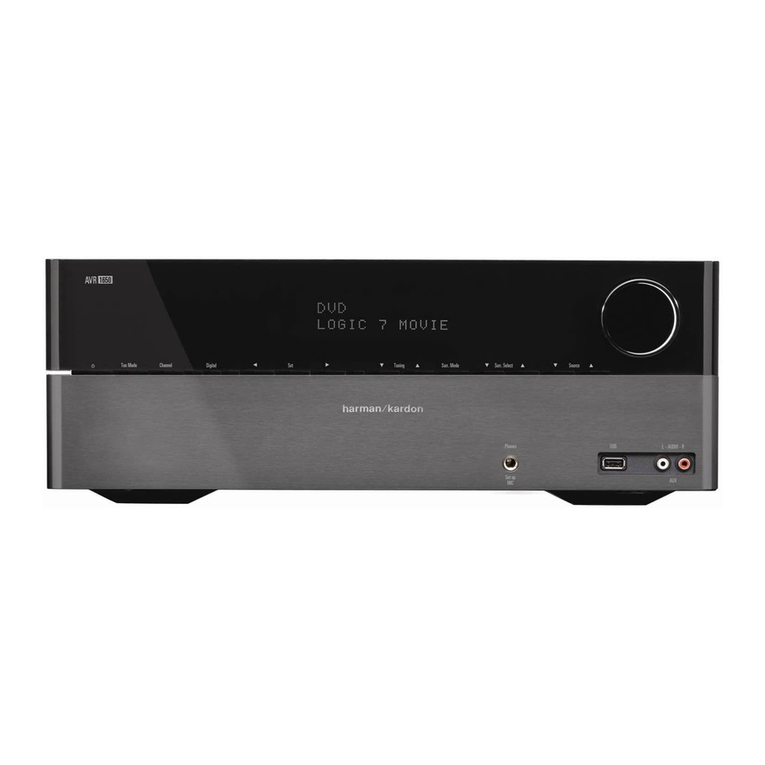
Harman Kardon
Harman Kardon AVR 165 User manual
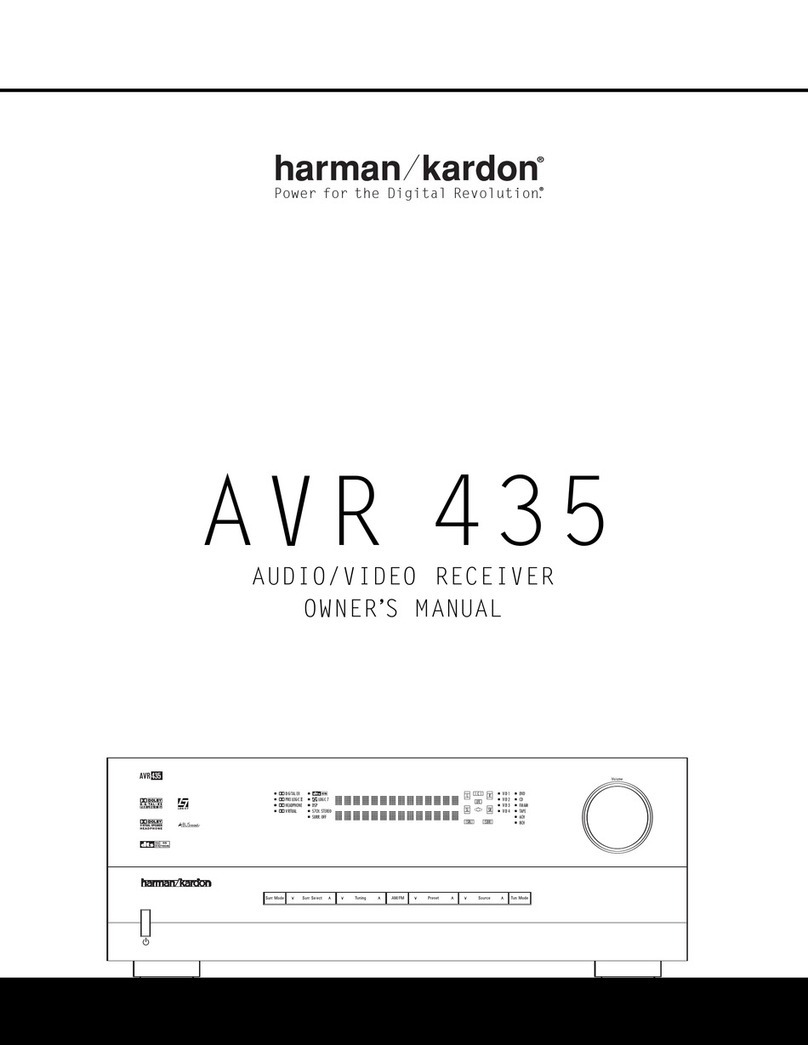
Harman Kardon
Harman Kardon AVR 435 User manual
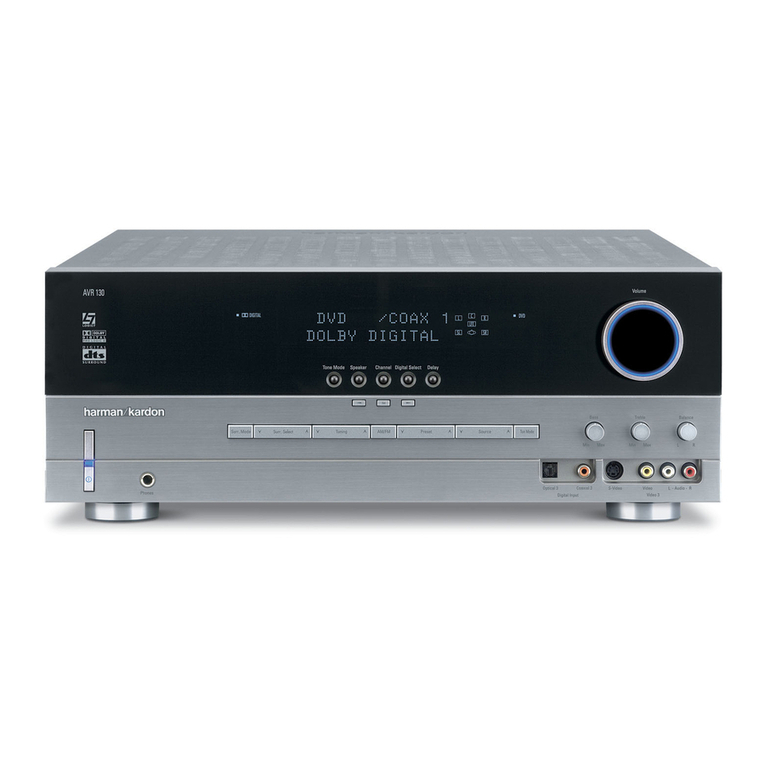
Harman Kardon
Harman Kardon AVR 130 User manual
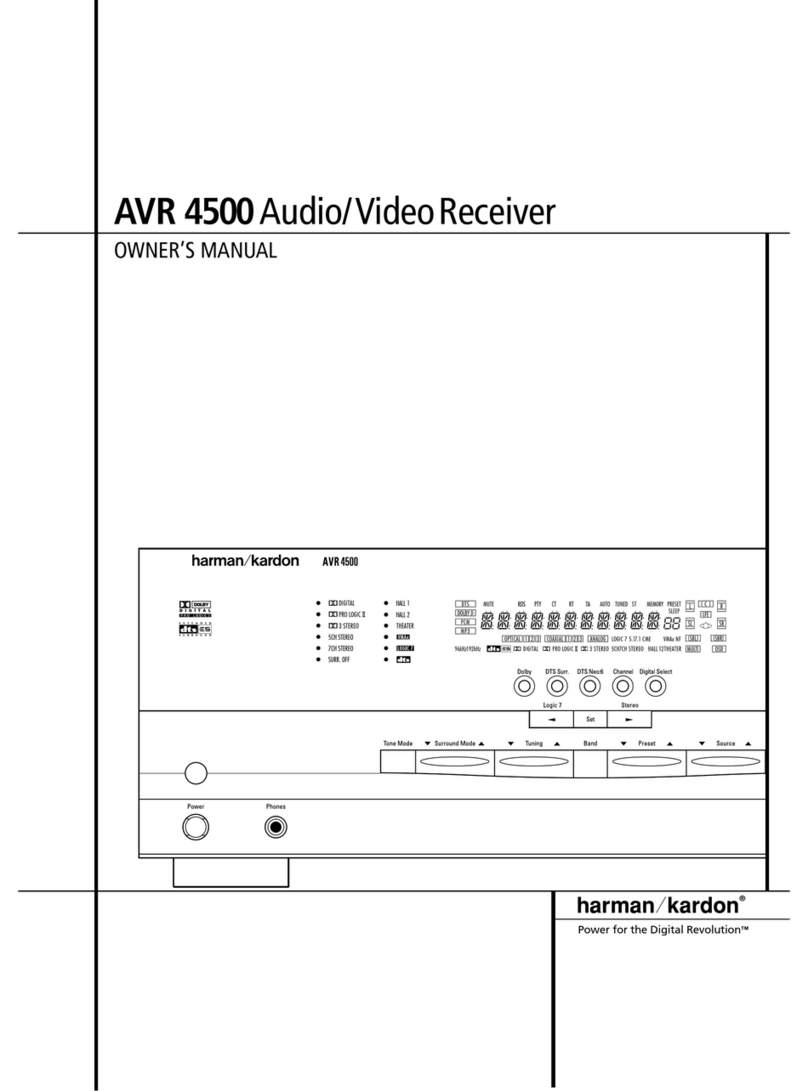
Harman Kardon
Harman Kardon AVR 4500 User manual
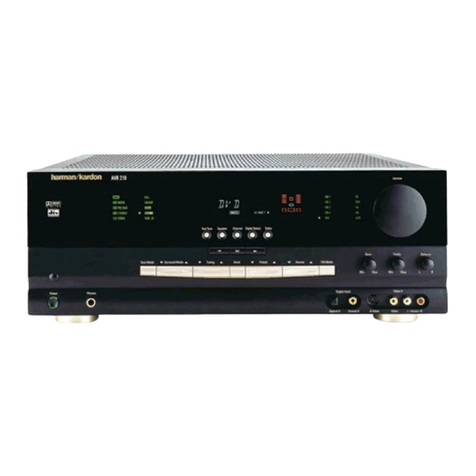
Harman Kardon
Harman Kardon AVR 210 User manual
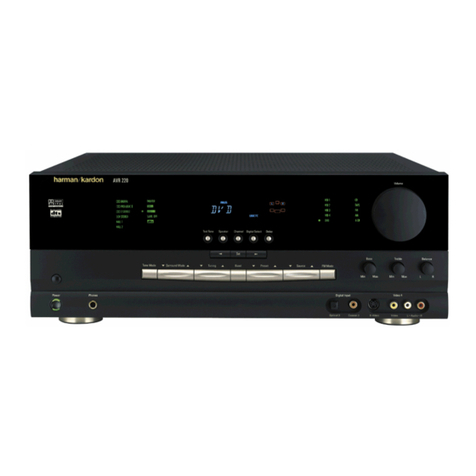
Harman Kardon
Harman Kardon AVR 220 User manual
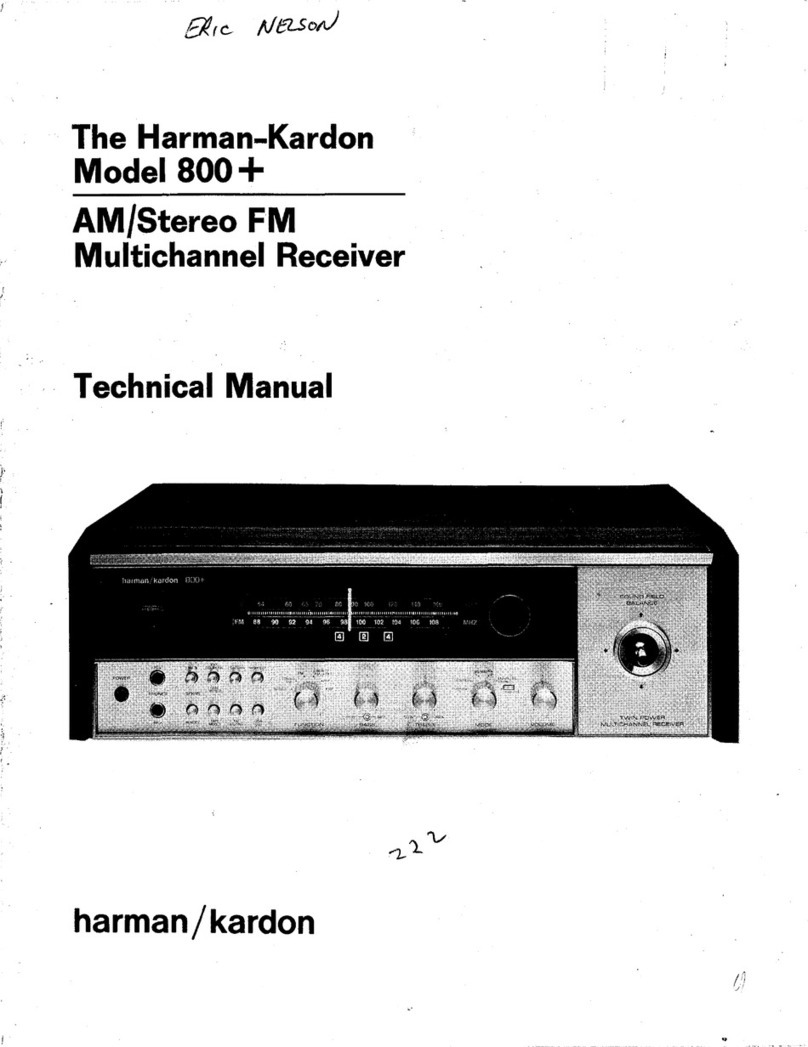
Harman Kardon
Harman Kardon 800+ User manual

Harman Kardon
Harman Kardon BRUKSANVISNING AVR 255 User manual
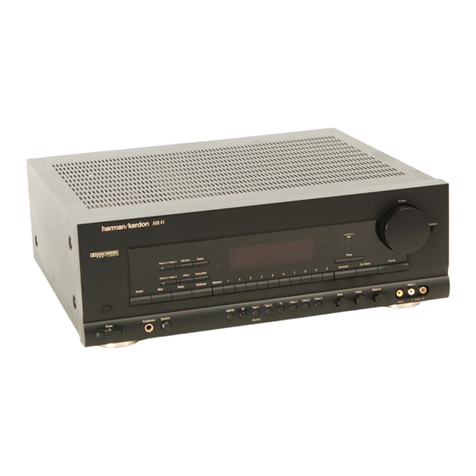
Harman Kardon
Harman Kardon AVR 40 User manual
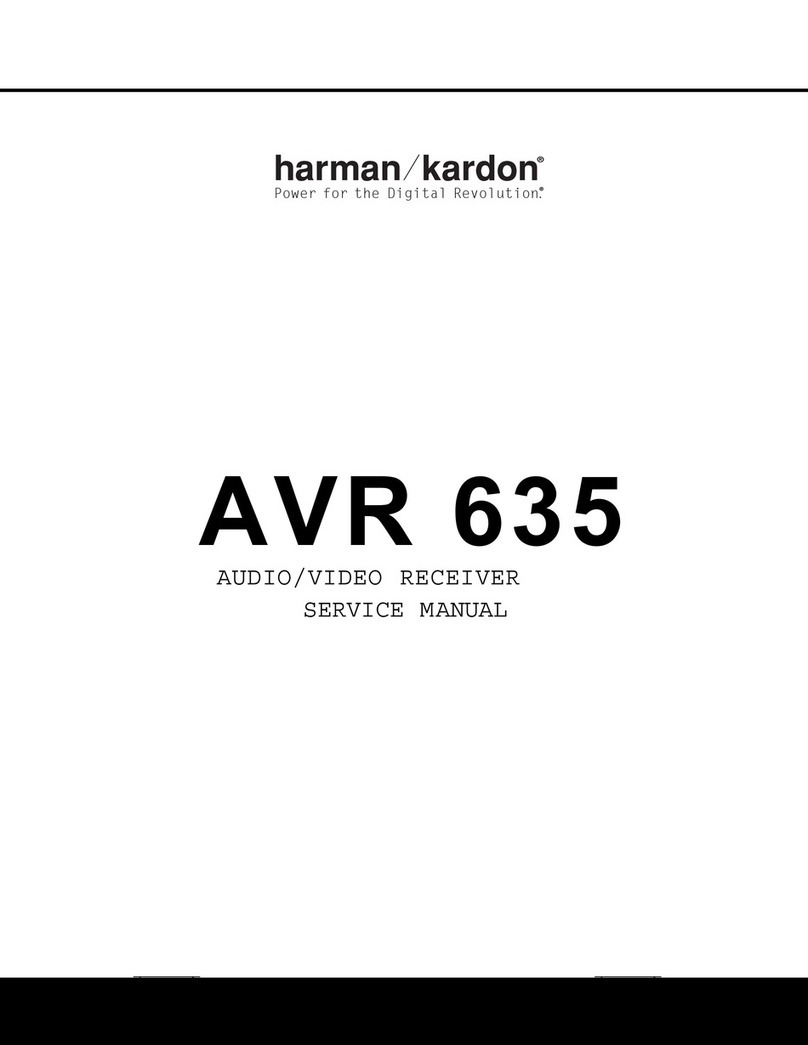
Harman Kardon
Harman Kardon AVR 635 User manual
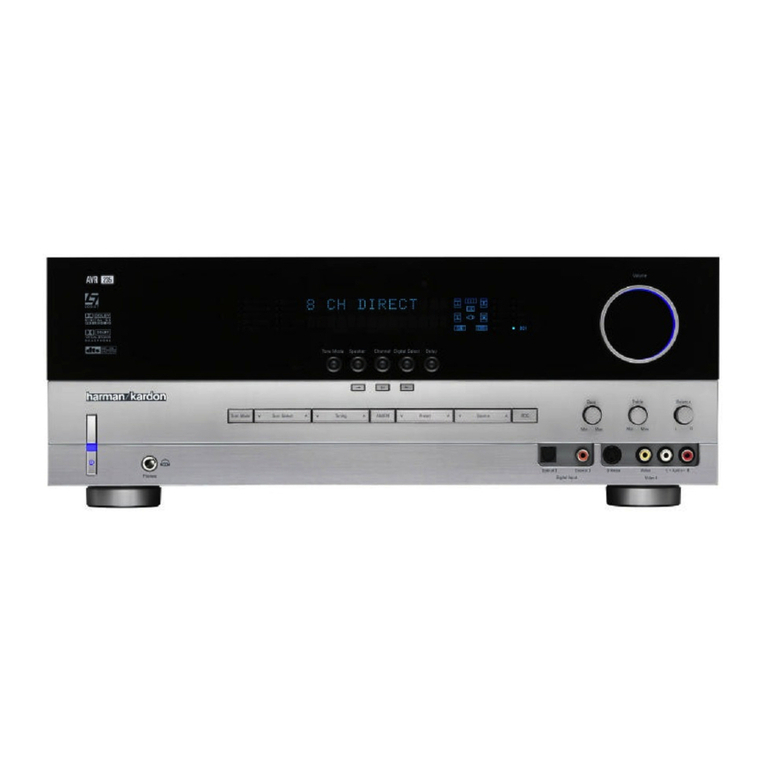
Harman Kardon
Harman Kardon AVR 235 User manual

Harman Kardon
Harman Kardon AVR 134 User manual
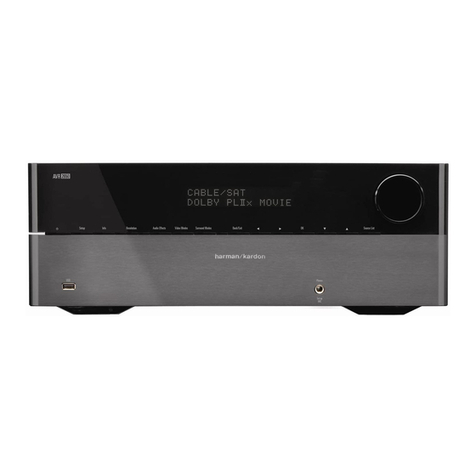
Harman Kardon
Harman Kardon AVR 1565 User manual
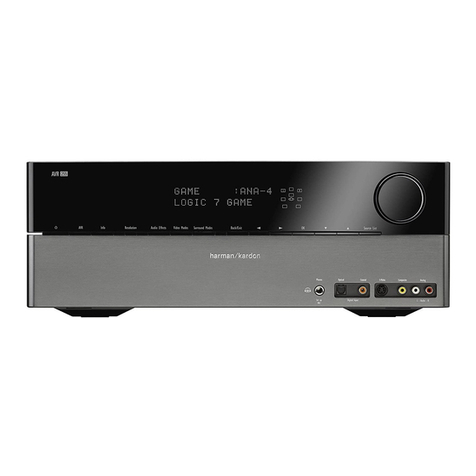
Harman Kardon
Harman Kardon BRUKSANVISNING AVR 255 Installation and operation manual
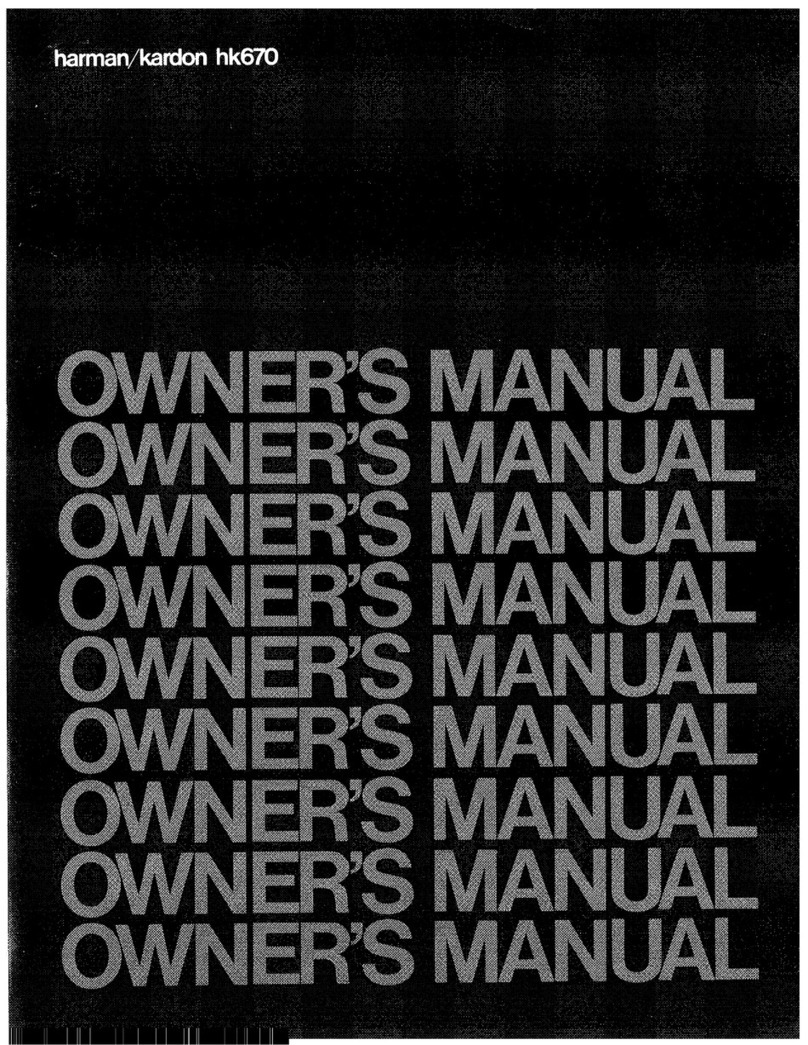
Harman Kardon
Harman Kardon HK 670 User manual
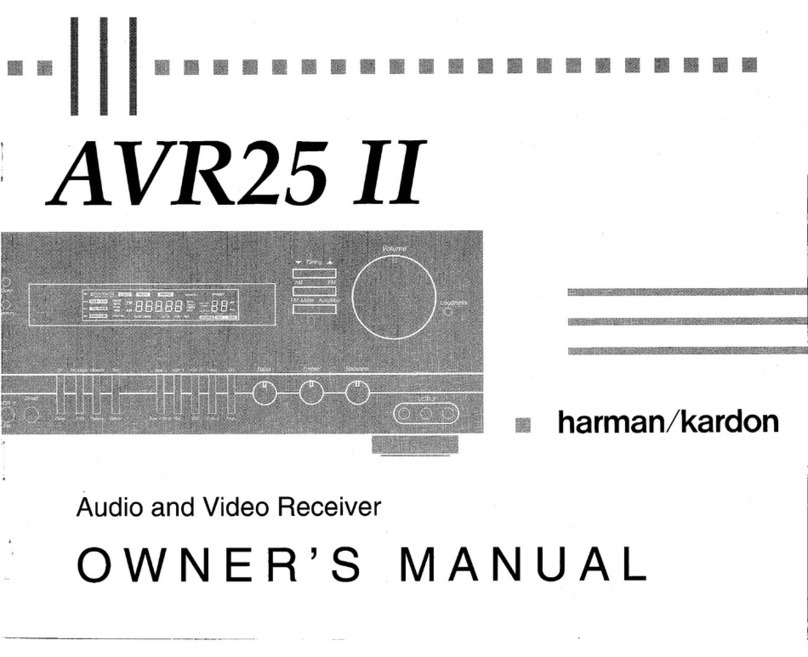
Harman Kardon
Harman Kardon AVR 25 II User manual
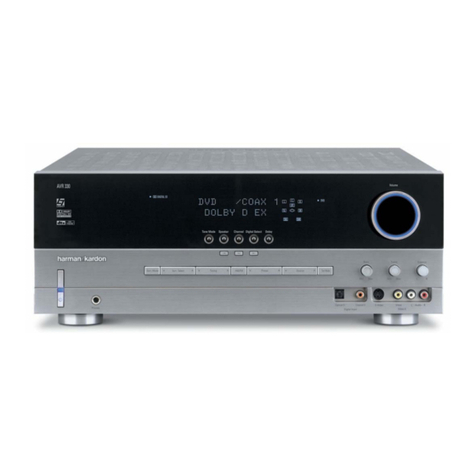
Harman Kardon
Harman Kardon NOCTURNE 330 User manual
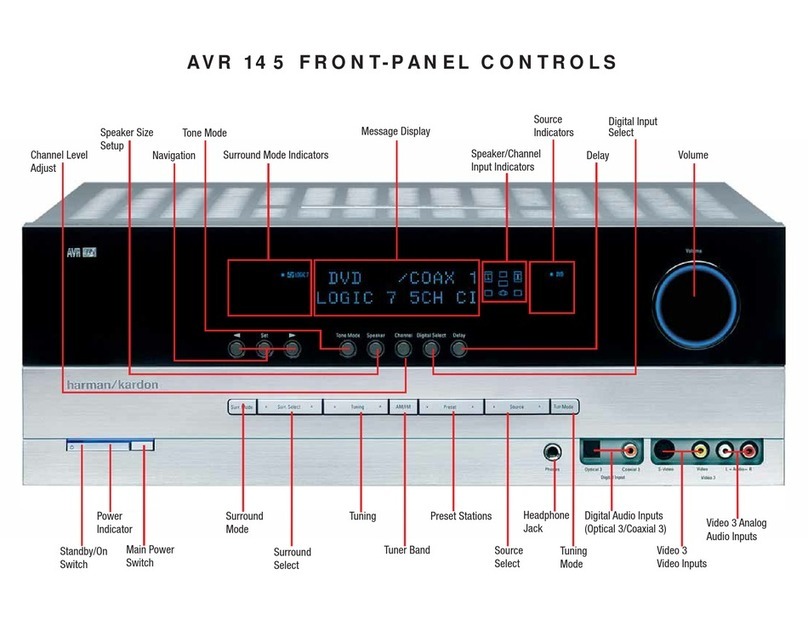
Harman Kardon
Harman Kardon AVR 145 Instructions and recipes
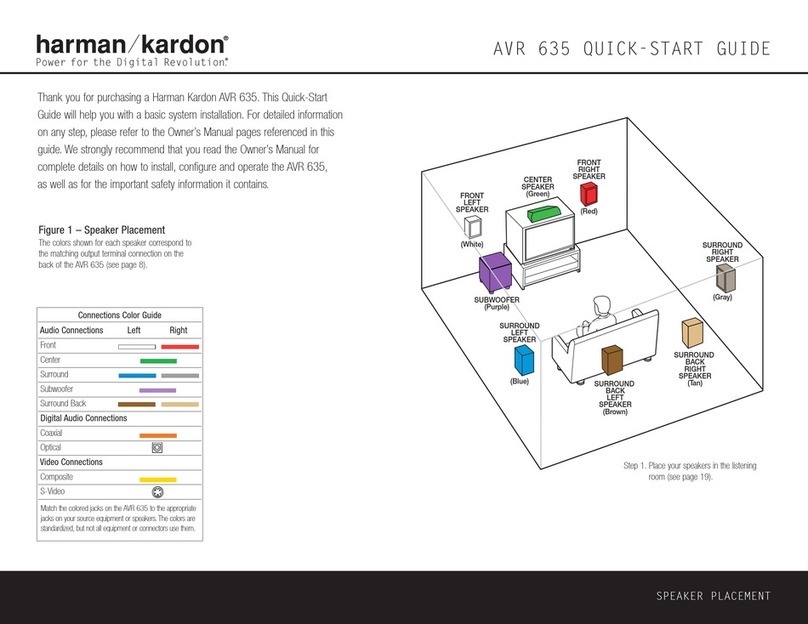
Harman Kardon
Harman Kardon AVR 635 User manual

